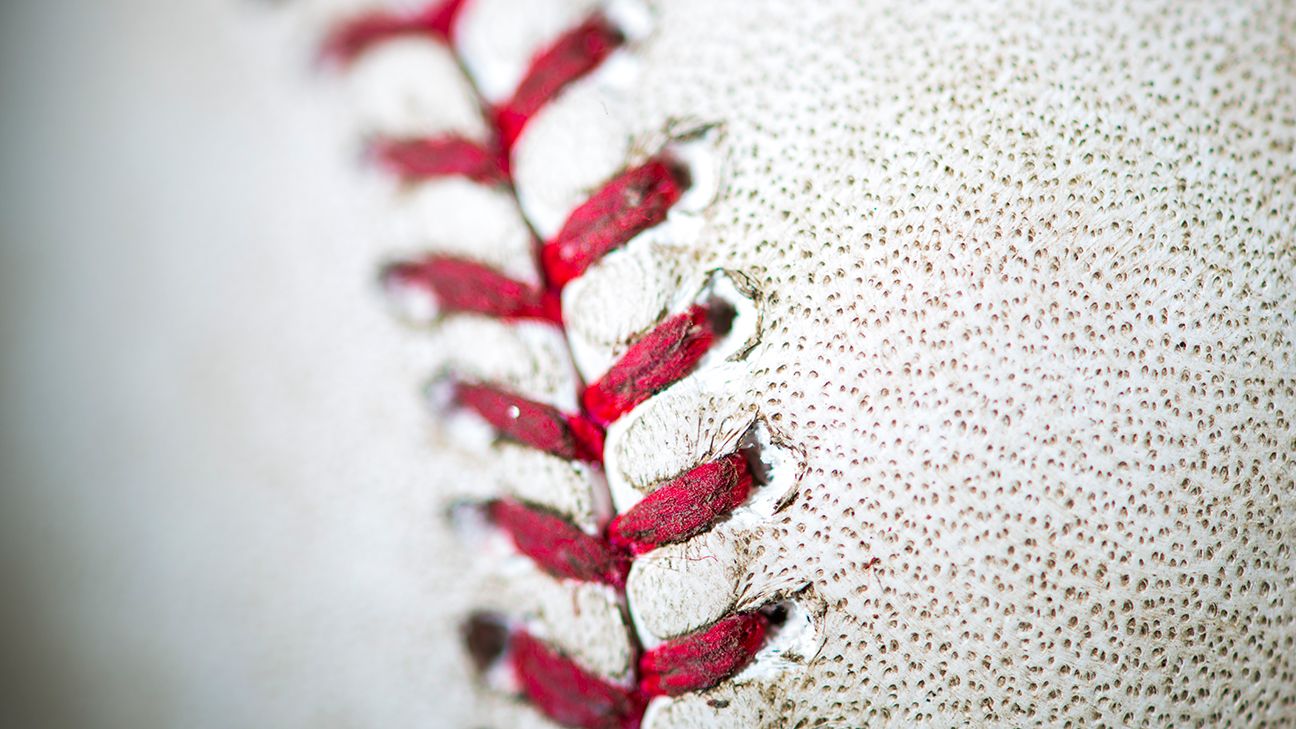Major League Baseball on Thursday outlined a litany of experimental rules it plans to implement at different minor league levels this season, including banning some forms of defensive shifts, more games governed by an electronic strike zone, a 15-second pitch clock, limiting pick-off moves and larger bases.
The rules changes, announced by the league in anticipation of a minor league season expected to begin in May, will be studied for potential adoption in the major leagues. The league made a number of hires, including bringing on former Chicago Cubs president Theo Epstein as a consultant, in hopes of improving its on-field product.
Each level of the newly constructed minor leagues, which came under MLB control and will go from 162 teams to 120, will have a twist on game play. The most radical will be at Double-A, where four infielders will be mandated to have both feet on the infield dirt, preventing the extreme shifts that often see players from the left side of the infield shifted to short right field. Depending on the results, the league said, the second half of the season could see a more extreme version of the rule: Two infielders on each side of the second-base bag.
The league was unabashed in its explanation for the rule: “These restrictions on defensive positioning are intended to increase the batting average on balls in play.”
Teams in the Low-A Southeast league — previously the Florida State League — will use ABS (automated ball-strike system) in “select games” with hopes of determining “the optimal strike zone for the system.” The electronic system, which was used in the Arizona Fall League and independent Atlantic League in 2019, will undergo a change: Instead of being a three-dimensional zone that covers the entire plate, it will call balls and strikes based on a two-dimensional plane at the front of the plate.
Another Low-A league, the West, will operate under a 15-second pitch clock. MLB and the players’ association have discussed the implementation of a pitch clock and it is likely to be part of a broader discussion on new rules with the collective bargaining agreement expiring Dec. 1.
Increasing offense is certainly part of the calculus of a Low-A-wide rule: Pitchers can attempt a pick-off or step off the rubber only twice per at-bat. If they do so a third time and fail to pick off a runner, a balk will be called and the runners on base will advance. Depending on the results, pick-offs/step-offs could be lessened to one per plate appearance.
The new rule in High-A is likely to have a demonstrable effect on stolen bases, too: Pitchers must step off the rubber before throwing to first base, eliminating a go-to move for many left-handed pitchers that weaponized the pick-off. MLB implemented the rule in the Atlantic League in the second half of 2019 and saw stolen-base attempts jump 70% with a leap in success as well. While the stolen base has been disincentivized by teams deeming it not worth the risk, the new rules likely will change that.
The final rule is at the highest level, Triple-A: Larger bases by three inches on each side. Currently, the front edge of first base sits 88 feet, 9 inches from home plate. It will move to 88 feet, 6 inches — and decrease the distance between first and second, and second and third. The result, MLB said: “a modest impact on the success rate of stolen base attempts and the frequency with which a batter-runner reaches base on groundballs and bunt attempts.” It also hopes larger bases will allow for fewer injuries on collisions at the bag.

